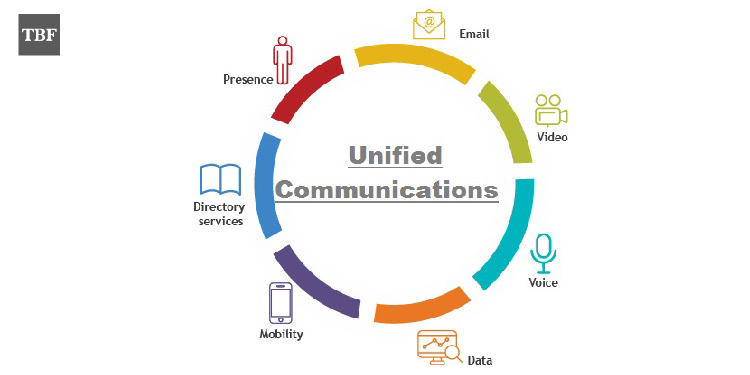Ever heard of Google apps, Microsoft Azure, and Amazon Web Services? If yes, then you are already familiar with an ‘aaS’ model. ‘As a Service’ is a model that helps to run a business from anytime and anywhere using the cloud. Whereas UC refers to the Communication Channels that we use to work, for instance, email, chat, video conferencing, voicemail, etc.
Merging both, you get Unified Communication as Service or UCaaS, an enterprise solution that streamlines all our communication via cloud-based services. Like any other ‘aaS’, it allows users to cut out IT infrastructure and related manpower. In fact, business leaders across the world have been leveraging these UCaaS solutions to streamline communication landscape of organizations.
How UCaaS Works?
UCaaS is much more than just being cloud communication. It grants us people’s location, flexibility across departments, integrates software solutions, and much more. It helps in staying efficient, seamlessly reach out to customers, and provide faster, better, and cost-effective services.
UCaaS uses Voice Over Internet Protocol (VOIP) technology and translates the information into packets that can be sent via web protocols to the relevant receiver. This packet conversion gave smartphones and video calling a new name in the industry. Using a special internet protocol called SIP Trunking, communication as a service part came as a platform for users, boosting business communication.
Applications
i. Video, Web and Audio Conferencing
Accustomed to the global world, business leaders today, work remotely from multiple locations. Using UCaaS, businesses reach around the world in merely seconds. Further, Cloud communication has made it easy to organize events, set up video conferencing, conduct seminars/webinars alongside voicemail and telephony.
ii. Data Sharing, Collaboration, and Mobility
Within the shared interface of UCaaS, business leaders can share and collaborate on the required information. As such, the organization doesn’t have to worry about absentees and can have an open and alternate line for easy access from any device.
iii. Messaging
Any device equipped with UCaaS technology can allow all types of messages, whether it is Instant Messaging, Voicemail, email, or online fax. Teams can use such channels to bring efficiency and cut short enterprise connectivity channels.
iv. Real-time Presence
Going beyond online or offline status, UCaaS reveals where the person is in real-time. It can determine the status whether your colleague is on holiday, ready chat, availability for the upcoming days, and much more.
v. Integrated Communications as a Service
Herein, Unified Communication as Service can be used to mash things up and incorporate business processes into the telephone services. This service particularly solves issues of CRM communication where mix-ups happen between employees.
Pros
- No on-site down capital and operational expenses
- Enhanced Productivity
- Team Collaboration
- Employee Flexibility
Cons
- Security Concerns
- Communication Fatigue
- Limited UCaaS solutions
- Resistance to Join Modern Technology









